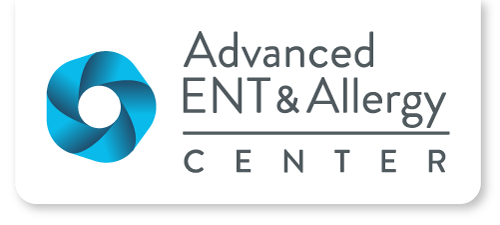How to Treat a Chronic Stuffy Nose

Nasal obstruction, or what most of us call a stuffy nose, is surprisingly common and surprisingly obnoxious. We are supposed to be able to breathe comfortably through our nose, which is difficult when we’re congested. Our nose warms and moistens the air we breathe in a way that our mouth doesn’t. Our entire respiratory system – the nose, the mouth, the throat, and the lungs – works best with warm, moist air. Without it our body functions less effectively overall, and our brain is generally uncomfortable when we can’t breathe easily through both sides of our nose.
Causes of Nasal Obstruction
Deviated Septum
The inside of your nose is divided into two halves by the nasal septum. If your septum is crooked (called a deviated septum) it bends into the air passageway of one or both sides, narrowing the space that air has to move through your nose. A deviated septum is very common, and recent studies show that about one third of all babies are born with a crooked septum. It can also be caused by trauma such as a nasal fracture or nasal valve collapse.
Size and Swelling of Turbinates
 The turbinates are structures that hang down from the inside of your nose and take up most of the extra room in your nose. When your nose gets stuffy from a cold, for instance, the turbinates swell and can fill up most of the rest of the room inside your nose. The bigger your turbinates are, the more room they take up, and the easier it is for just a little bit of swelling to cause them to partially block your airways. Some people are born with big turbinates. Turbinates can swell in response to many things – allergies, infection, irritation from pollution, cigarette smoke, barometric pressure changes, temperature changes, as well as chemicals and perfumes.
The turbinates are structures that hang down from the inside of your nose and take up most of the extra room in your nose. When your nose gets stuffy from a cold, for instance, the turbinates swell and can fill up most of the rest of the room inside your nose. The bigger your turbinates are, the more room they take up, and the easier it is for just a little bit of swelling to cause them to partially block your airways. Some people are born with big turbinates. Turbinates can swell in response to many things – allergies, infection, irritation from pollution, cigarette smoke, barometric pressure changes, temperature changes, as well as chemicals and perfumes.
Side Effects of Nasal Obstruction
The combination of a deviated septum, large turbinates, and swelling from anything floating around in the air can cause ongoing nasal obstruction. This constant obstruction can then lead to sinus infections, snoring, sleep apnea, difficulty sleeping and fatigue if not addressed. Our turbinates naturally swell at night as we are laying down. Many people with nasal obstruction issues have much more difficulty breathing through their nose at night.
How to Treat Nasal Congestion
Medical treatment for nasal obstruction involves treating the underlying cause of the swelling, including the use of antihistamines, decongestants, nasal steroid sprays, and nasal irrigations. If allergies are a part of the problem causing swelling inside your nose, testing and treatment with allergy drops (sublingual immunotherapy) can decrease turbinate swelling for many years to come.
If a deviated septum is a major part of the breathing problem, a quick in-office surgery can be done to straighten the septum. The procedure takes about 30 minutes to perform, causes no bruising or swelling, no longer requires nasal packing, and involves very little postoperative pain. Most people are able to be back to work in 2-3 days after surgery. This procedure, called a septoplasty, does not change the way your nose looks on the outside, and because breathing well through our nose is so important to our overall health, the surgery is usually covered by health insurance.
Don’t Wait – Breathe Better Today
Most of the patients we see in our office with nasal obstruction don’t realize how much it is affecting their quality of life. Most have had it for many years, and don’t know what it is like to breathe normally through their nose until they make a change. Most can’t believe how much better they feel after their procedure. It’s not just the stuffy nose that improves; patients find that they also sleep better, feel better overall, have more energy, snore less, and feel better about life in general. Most of the patients we see back after surgery tell us that they can’t believe they put up with it for so many years and wished they had done it sooner.
Book an appointment with one of our specialists today to discuss your symptoms, identify the cause of your discomfort and a create plan to help you breathe better.

